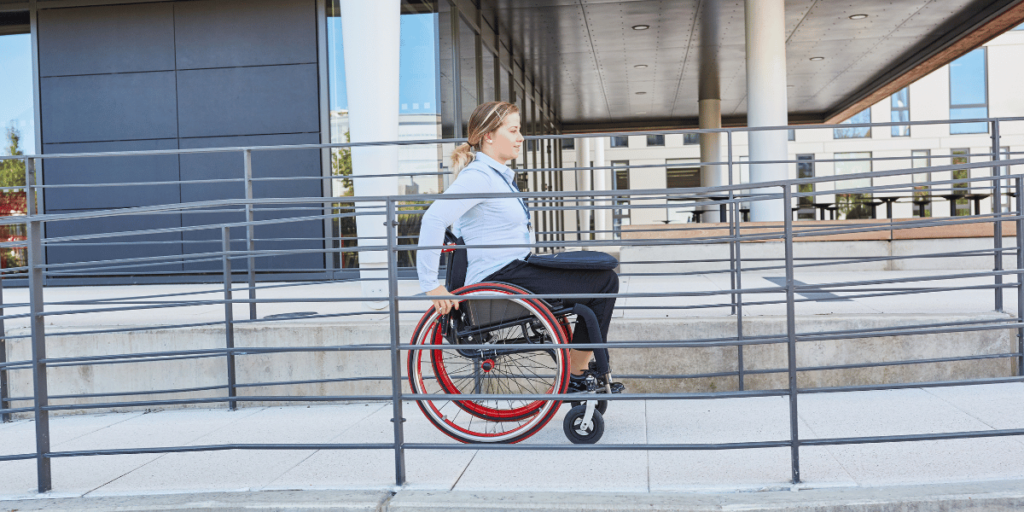 The adaptations industry is very much a growing one. More and more people are choosing to have adaptations such as stairlifts, modular access ramps, through floor lifts, handrails, hoists and wheelchair lifts installed in their homes to allow them to get in, out and around their home more easily, as well as ultimately to stay in their property longer.
The adaptations industry is very much a growing one. More and more people are choosing to have adaptations such as stairlifts, modular access ramps, through floor lifts, handrails, hoists and wheelchair lifts installed in their homes to allow them to get in, out and around their home more easily, as well as ultimately to stay in their property longer.
A key reason for this of course is that people are living longer and so we have an aging population. As a result there is naturally going to be a greater demand for adaptations.
Because there is a demand it is natural that manufacturers will continue to both develop new products and to constantly improve existing products to meet those demands, thus continually producing better and easier to use products. As with anything, when a product becomes more widely available, the cost also decreases, meaning that more and more adaptations are increasingly entering the market that cater more effectively of the user’s needs and are more cost effective for the end user.
Gone are the days where the only option available to you was a stairlift – technology has come a long way, giving people lots more options when it comes to have adaptations installed in their homes. People know that technological advances have been rapid in recent years, and so want to know what the alternatives to residential care are.
For example, there are a wide range of stairlifts available in all shapes and sizes to contend with the various obstacles which can sometimes prevent an engineer being able to install one, such as narrow staircases, steep staircases, ones with lots of turns and even spiral staircases. There was a time where anything more complicated than a straight staircase would have made it quite tricky to install a stairlift, but these days there are often solutions for these problems. As well as stairlifts, there are a wide variety of ramps which can be installed almost anywhere in the home, internally or externally, quickly and easily. Steps, handrails, wheelchair lifts, bathlifts, hoists and through floor lifts all make it very easier for people to get round in their own homes, often at just the push of a button, and with minimum fuss to install.
With this being the case it is natural that older people and their families are exploring all of the options available to them and not wanting to move out of their own home unless they really have to and it’s easy to understand why. Many older people will have spent most of their lives in the same home, and even if they haven’t they are probably very settled and don’t want to leave it. They also don’t want to move away from their family, their friends and their familiar surroundings and into a strange environment and adaptations can often allow them to stay put.
In addition to this, it’s worth noting that the costs of residential care has spiralled, so often the cost of installing a stairlift, ramps, or even a through floor lift is relatively minor in comparison to the costs of going into residential care. People not only want to stay in their own home, but having spent most of their life paying for it and looking after it they also want to be able to keep it to pass on their children and grandchildren after they pass away, rather than having to sell it so that they can afford to go into residential care. The cost of staying in a care home is, on average, £28,500 per year, or £37,500 if nursing care is necessary, although this varies greatly around the country.
Taking all of this into consideration, it is no surprise that more and more people are choosing adaptations for their homes. Obam install a wide range of adaptations for homes. For more information, please speak to Obam’s experienced and friendly staff on 01427 787532, email info@obam.co.uk or visit https://obam.co.uk/.







